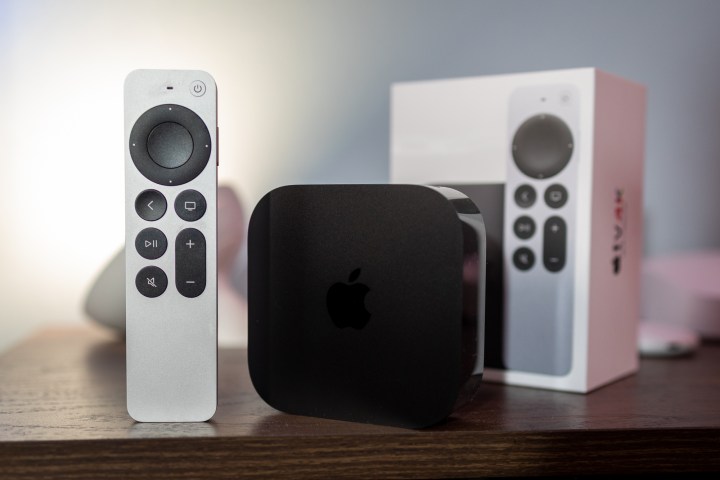Apple HomeKit may not have as many compatible products as Amazon Alexa or Google Home, but its still a great smart home platform for dedicated iOS enthusiasts. Not only is the platform supported by the Home app on iOS, but you can also control devices using your HomePod or Apple TV.
But before you can control HomeKit products with any of these gadgets, you first need to add them to your system and configure a few settings. Here’s how to add a device to HomeKit.

How to add device to HomeKit
To add every device besides Apple TV to your Home app, you’ll need to use your iPhone or iPad. After loading up the app, follow these simple steps.
Step 1: Turn on the device you’d like to add.
Step 2: Press the Add button at the top of the screen (it’s the one that looks like a plus sign).
Step 3: Select the Add Accessory option.
Step 4: You’ll then be asked to scan a code or hold your smartphone (or tablet) near the device to sync it with your account.
Step 5: When a connection is made, select Allow to let it access your network.
Step 6: Finalize the procedure by adding it to a room and giving it a name, then pressing Continue and Done.

How to add Apple TV to your Home app
If you’re looking to get your Apple TV synced with HomeKit, the process is slightly different. To do this, you’ll first need to open the Settings menu on Apple TV. From there, here’s what to do next:
Step 1: Select the Default User from the Users and Accounts menu.
Step 2: Ensure that you’re signed into iCloud.
Step 3: Head back to the Settings menu, then select AirPlay and HomeKit.
Step 4: Scroll down to the Room option, then find the room you want to add Apple TV to or create a new one.
Step 5: With that done, Apple TV should appear in the selected room when using your Home app.
Editors' Recommendations
- How to use the Echo Show as a security camera
- Matter gains support for kitchen appliances, adds new energy-tracking features
- How to remove a home from your Yale account Keychain
- Anker SOLIX X1 offers effective solar power storage for your home backup
- How to reset the Nanoleaf Skylight



